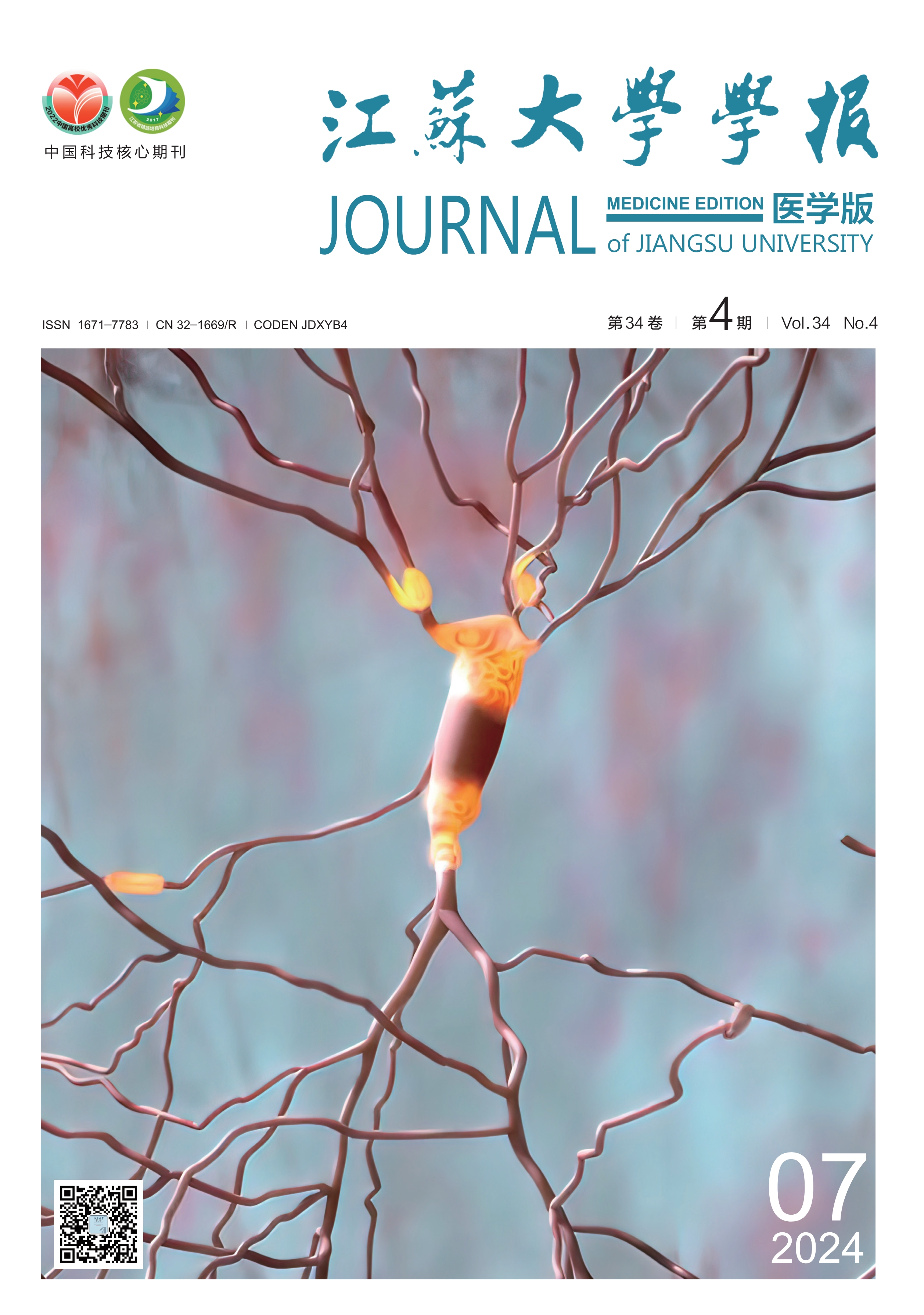MA Rong, LI Juan, WANG Fang
2024, 34(04): 324.
Objective: To investigate the effect of curcumin on cisplatin (DDP) sensitivity of ovarian cancer OVCAR-3 cells and its potential mechanism. Methods: (1) Ovarian cancer parental cell line OVCAR-3 was routinely cultured in vitro and cisplatin-resistant cell line OVCAR-3/DDP was constructed. OVCAR-3 cells were divided into Control (conventional culture), DDP-1 (1 μmol/L cisplatin), DDP-5 (5 μmol/L cisplatin), DDP-10 (10 μmol/L cisplatin), DDP-15 (15 μmol/L cisplatin), DDP-20 (20 μmol/L cisplatin), DDP-30 (30 μmol/L cisplatin), curcumin+DDP-1 (20 μmol/L curcumin+1 μmol/L cisplatin), curcumin+DDP-5 (20 μmol/L curcumin+5 μmol/L cisplatin), curcumin+DDP-10 (20 μmol/L curcumin+10 μmol/L cisplatin), curcumin+DDP-15 (20 μmol/L curcumin+15 μmol/L cisplatin), curcumin+DDP-20 (20 μmol/L curcumin+20 μmol/L cisplatin) and curcumin+DDP30 groups (20 μmol/L curcumin+30 μmol/L cisplatin). OVCAR-3/DDP cells were divided into Control, DDP-10 (10 μmol/L cisplatin), DDP-20 (20 μmol/L cisplatin), DDP-30 (30 μmol/L cisplatin), DDP-40 (40 μmol/L cisplatin), DDP-50 (50 μmol/L cisplatin), DDP-60 (60 μmol/L cisplatin), curcumin+DDP-10 (20 μmol/L curcumin+10 μmol/L cisplatin), curcumin+DDP-20 (20 μmol/L curcumin+20 μmol/L cisplatin), curcumin+DDP-30 (20 μmol/L curcumin+30 μmol/L cisplatin), curcumin+DDP-40 (20 μmol/L curcumin+40 μmol/L cisplatin), curcumin+DDP-50 (20 μmol/L curcumin+50 μmol/L cisplatin), curcumin+DDP-60 (20 μmol/L curcumin+60 μmol/L cisplatin) groups. CCK-8 method was used to detect the cell viability, the median inhibitory concentration of cisplatin (IC50) was calculated, and the appropriate concentration of cisplatin and curcumin was screened. (2) OVCAR-3 cells were divided into Control group, DDP group (20.5 μg/mL cisplatin), curcumin group (20 μmol/L curcumin) and curcumin+DDP group (20 μmol/L curcumin+20.5 μg/mL cisplatin). OVCAR-3/DDP cells were divided into Control group, DDP group (42.1 μg/mL cisplatin), curcumin group (20 μmol/L curcumin) and curcumin+DDP group (20 μmol/L curcumin+42.1 μg/mL cisplatin). The apoptosis rate was detected by flow cytometry, the expression of miR-135b-5p was detected by quantitative real-time PCR (qRT-PCR), and the mRNA and protein expressions of flap endonuclease 1 (FEN1) were detected by qRT-PCR and Western blotting, respectively. Results: Compared with DDP group, the activity of OVCAR-3 and OVCAR-3/DDP cells in curcumin+DDP group was significantly decreased at the same cisplatin concentration (P<0.001). The IC50 of DDP on OVCAR-3 and OVCAR-3/DDP cells were 20.5 μg/mL and 42.1 μg/mL, respectively. Compared with OVCAR group or OVCAR/DDP group, curcumin or cisplatin significantly increased the apoptosis rate of OVCAR-3 and OVCAR-3/DDP cells (all P<0.001), and the combined effect of curcumin and cisplatin was more significant. In addition, curcumin or cisplatin treatment significantly decreased the expression of miR-135b-5p and FEN1 expression in OVCAR-3 and OVCAR-3/DDP cells (P<0.01 or <0.001), and the combined effect was more significant. Conclusion: Curcumin could enhance cisplatin sensitivity in ovarian cancer OVCAR-3 cells, which may be attributed to the reducing expression of miR-135b-5p and FEN1.
